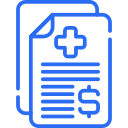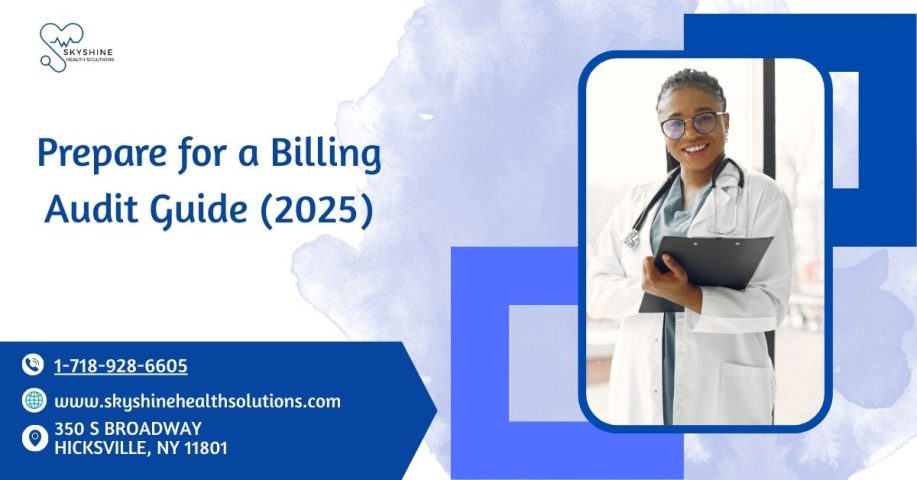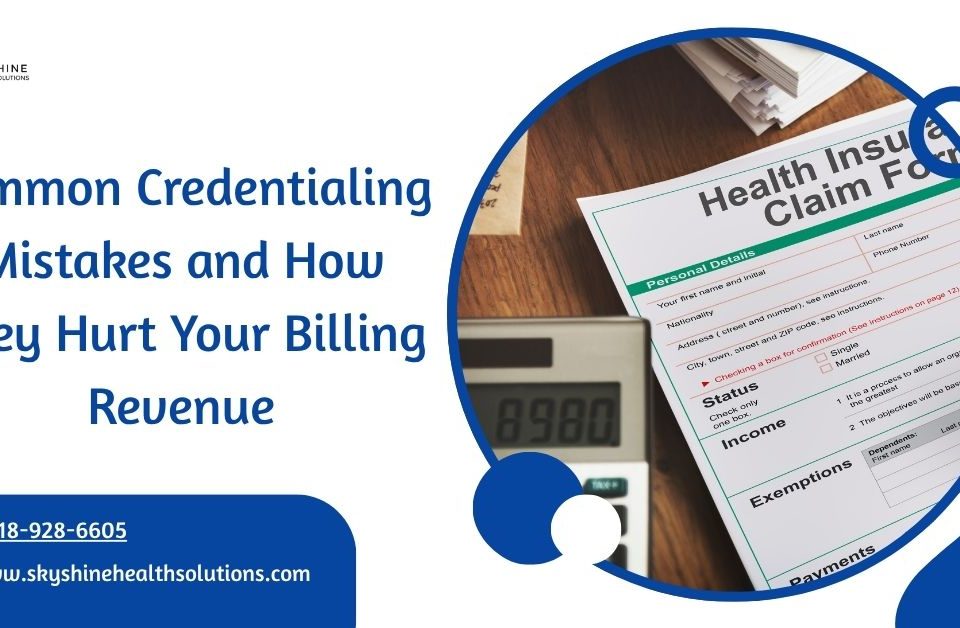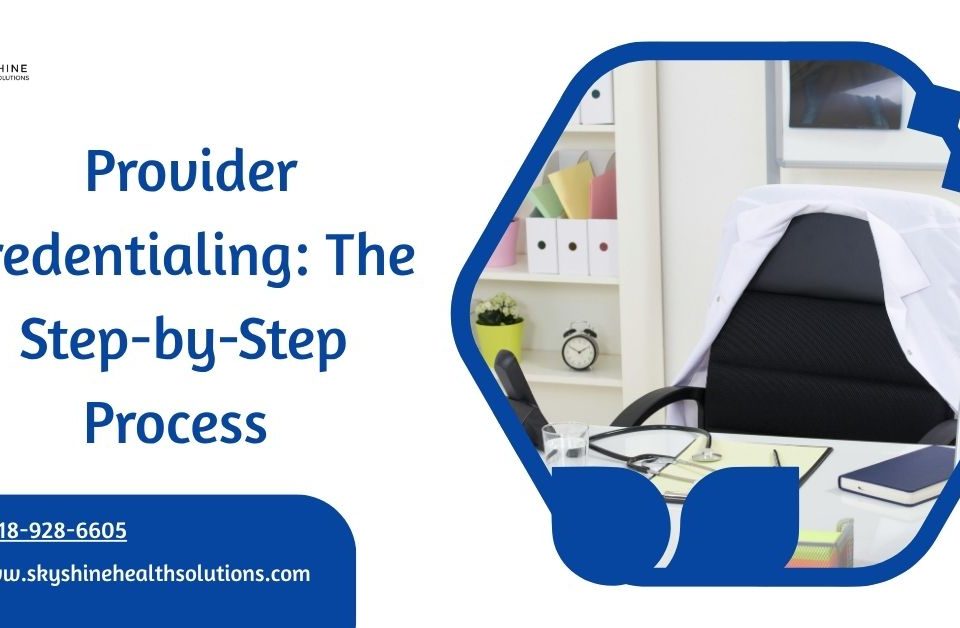
Understanding ICD-10 and CPT Code Changes
June 3, 2025
Proper Documentation in Billing
June 3, 2025Preparing for a billing audit is essential for healthcare practices to ensure compliance, avoid penalties, and maintain financial stability. In this guide, we’ll outline practical steps to prepare for a billing audit in 2025, helping you navigate the process with confidence. Whether you’re a practice manager, billing professional, or provider, these strategies will ensure your practice is audit-ready.
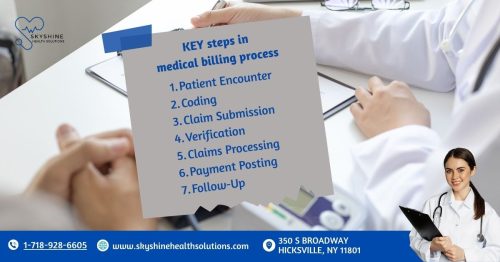
What Is a Billing Audit?
To begin, a billing audit is a review of a healthcare practice’s billing and coding processes to verify accuracy, compliance, and proper reimbursement. In essence, audits are conducted by payers like Medicare, Medicaid, or private insurers to detect errors, fraud, or abuse. For instance, an audit may focus on ICD-10 (International Classification of Diseases) and CPT (Current Procedural Terminology) coding accuracy or adherence to HIPAA regulations. Therefore, proactive preparation is critical to avoid costly fines. Let’s explore how to get started.
Why Billing Audits Matter
Importantly, billing audits protect the integrity of healthcare reimbursement systems. However, they also pose risks for practices. Key reasons audits matter include:
-
-
-
Compliance: Ensures adherence to CMS and payer regulations.
-
Financial Impact: Identifies overpayments or underpayments that affect revenue.
-
Reputation: Non-compliance can damage a practice’s credibility. For example, a Medicare audit finding improper coding could lead to recoupments or penalties. Thus, preparation minimizes these risks.
-
-
Steps to Prepare for a Billing Audit
To ensure success, follow these actionable steps to prepare for a billing audit:
1. Review Documentation Practices
First, ensure all patient records and billing documents are complete and accurate. This includes:
-
-
-
Provider notes justifying medical necessity.
-
Correct ICD-10 and CPT codes matching services provided.
-
Signed patient consent forms. For instance, incomplete documentation is a common audit trigger. As a result, implement standardized documentation protocols.
-
-
2. Conduct Internal Audits
Next, perform regular internal audits to identify errors before an external audit. This involves:
-
-
-
Sampling claims to check coding accuracy.
-
Verifying compliance with 2025 billing regulations.
-
Reviewing denied claims for patterns. Since internal audits catch issues early, they reduce audit-related stress. For example, spotting frequent upcoding errors allows corrective action.
-
-
3. Train Staff on Compliance
Additionally, train billing and coding staff on current regulations. Key topics include:
4. Use Updated Billing Software
Furthermore, ensure your billing software is compliant with 2025 standards. This means:
-
-
-
Automatic updates for new codes and regulations.
-
Secure storage of PHI per HIPAA requirements.
-
Audit trail features to track claim changes. For instance, software like Kareo or NextGen can flag coding errors before submission. Thus, technology simplifies audit preparation.
-
-
5. Organize Records for Easy Access
Finally, maintain organized, accessible records for auditors. This includes:
-
-
-
Digital backups of claims, EOBs, and patient records.
-
Clear filing systems for physical documents.
-
Timely retrieval processes for requested data. Since auditors often have tight deadlines, quick access to records is critical. As a result, organization speeds up the audit process.
-
-
Common Audit Triggers to Avoid
Despite preparation, certain practices attract auditor scrutiny. Common triggers include:
-
-
-
High Error Rates: Frequent claim denials or rejections.
-
Unusual Billing Patterns: Overuse of high-reimbursement codes.
-
Inconsistent Documentation: Mismatches between notes and codes. Therefore, monitor claims for these red flags. In fact, addressing them proactively reduces audit risks.
-
-
What to Do During a Billing Audit
If an audit occurs, stay calm and cooperative. Key actions include:
-
-
-
Assign a Point Person: Designate a staff member to manage auditor requests.
-
Provide Requested Data Promptly: Meet deadlines to avoid penalties.
-
Document Interactions: Keep records of all audit communications. For example, clear communication with auditors demonstrates compliance. As a result, the audit process runs smoothly.
-
-
Best Practices for Audit Success
To enhance preparedness, adopt these strategies:
-
-
-
Stay Updated: Monitor CMS and payer guidelines for 2025 changes.
-
Engage Experts: Consult certified coders or compliance officers.
-
Automate Processes: Use software to flag potential errors.
-
Maintain Transparency: Ensure all billing practices are defensible. By implementing these practices, you’ll face audits with confidence.
-
-
Final Thoughts
Ultimately, knowing how to prepare for a billing audit is crucial for healthcare practices to ensure compliance and protect revenue in 2025. By following these steps—reviewing documentation, conducting audits, and training staff—you can minimize risks and pass audits successfully.

Visit similar blog Why Credentialing Verification Matters in medical billing 2025
Check how we have improved lives : Reviews

